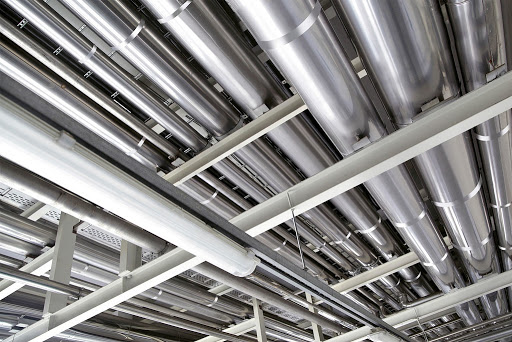3 Answered Questions about the Tubing System
There are 3 questions that would generally come to one’s mind when they hear about the tubing system:
1. What is a Tubing System?
One might not be knowledgeable of the various types of metal alloys and their properties if they are not a maestro in metalware. Ranging from carbon steel to cast iron to stainless steel, there are a variety of materials to choose from when it comes to producing tubing for industrial projects such as hydraulic system and pneumatic system. Pipe fittings, sometimes commonly known as Tubing System, are commonly used in commercial and industrial utilization. Tubing systems are used to join pipes and terminate pipes appropriately. Due to this reason, there are a large range of fittings manufactured and designed for certain pipes and applications.
2. Why do we use Tubing Systems?
Tubing systems are often implemented in the plumbing system, here are a few functions of the tubing system: –
- Connect pipe sections of either of the same diameter or different diameter, sometimes it occurs for reducers
- Changes the flow of direction for the case of elbows
- Helps to regulate or maintain flow for when reducers or valves are used
- Helps to terminate, seal or close pipes for plugs or caps
- Connect several pipes like the side-inlet, Tees and Cross
3. What are the Things to Consider when Selecting a Tube Fitting?
Before selecting which materials are best-suited for your tube fitting, one should always consider and weigh the advantages and disadvantages of the metal and its properties. Here are a few factors one should keep in mind when selecting a tube fitting that is suitable for your needs: –
(1.) The Strength and Malleable of Tubing Material
- Stainless steel tubing offers a great amount of strength and better mechanical properties as compared to other tubing options (this includes carbon steel and cast iron tubes)
- Stainless steel tubes are tolerant to high temperatures
- Tubes made of stainless steel are high in tensile and with great stress-to-rupture strength
- Stainless steel tubes have thin walls, which enables higher ductility
(2.) The Cost of Tubing Material
- Stainless steel tubes normally cost less to maintain
- This allows one to save money in the long run
- Stainless steel tubes have a long serving life
(3.) Resistance of Tubing Material
- Stainless steel tubing contains chromium, nickel and molybdenum composition, which gives stainless steel tubing a higher
- This allows the tube to have a strong resistant towards corrosive elements
- Has a strong resistance towards oxidation
- Has a strong tolerance towards erosion
- Has a strong resistance to high temperatures
- This tubing system is often ideally used in shipbuilding and maritime applications due to its resistance against corrosive elements underwater
(4.) Heat Treatability and Welding Capabilities of the Tubing
- Certain stainless steel tubes are heat treatable, such as 410.
- This is helpful for when stainless steel tubes are needed to be modified in order to achieve certain physical or chemical properties
- Stainless steel sheets can be weld easily into different shapes and sizes
(5.) The Flexibility of Tubing Material
- Stainless steel tubes work for a large range of implementation for industrial areas.
- Highly Versatile
- Strong sense of Ductility
- Strong durability
- Resistant to corrosion
- Lowers the coefficient of friction
In a nutshell, it is important to always consider the working environment one would require using a tubing system in order to ensure better work performance and candidacy for the job. If one still has any doubts, one should always consult the manufacturer or a mechanic about the tubing system.



